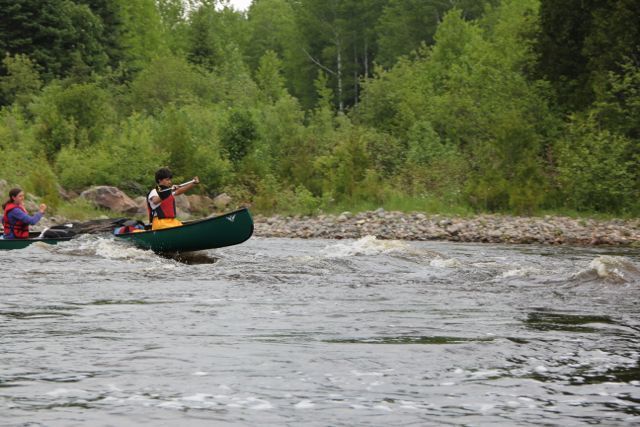G
Guest
Guest
The nephew of neighbor and his g-friend just had a close call flip in their new canoe.
Although he knows the area, they were in too much river for the boat and their skill.
Run up on a submerged rock, over they went.
Many $$ of fishing and camera gear lost, and had not other anglers come to the rescue, maybe worse.
The girl was in bow, the boy in stern. She far less river wise.
Station should not be gender limited. The bow is the place for the more experienced.
So what's the way around the cultural bias?
Oh, yeah: not wearing PFDs; another neighbor is US Park Service swift water rescue, and he says that all of the people his dept. pulls out are not wearing PFDs.
Although he knows the area, they were in too much river for the boat and their skill.
Run up on a submerged rock, over they went.
Many $$ of fishing and camera gear lost, and had not other anglers come to the rescue, maybe worse.
The girl was in bow, the boy in stern. She far less river wise.
Station should not be gender limited. The bow is the place for the more experienced.
So what's the way around the cultural bias?
Oh, yeah: not wearing PFDs; another neighbor is US Park Service swift water rescue, and he says that all of the people his dept. pulls out are not wearing PFDs.

